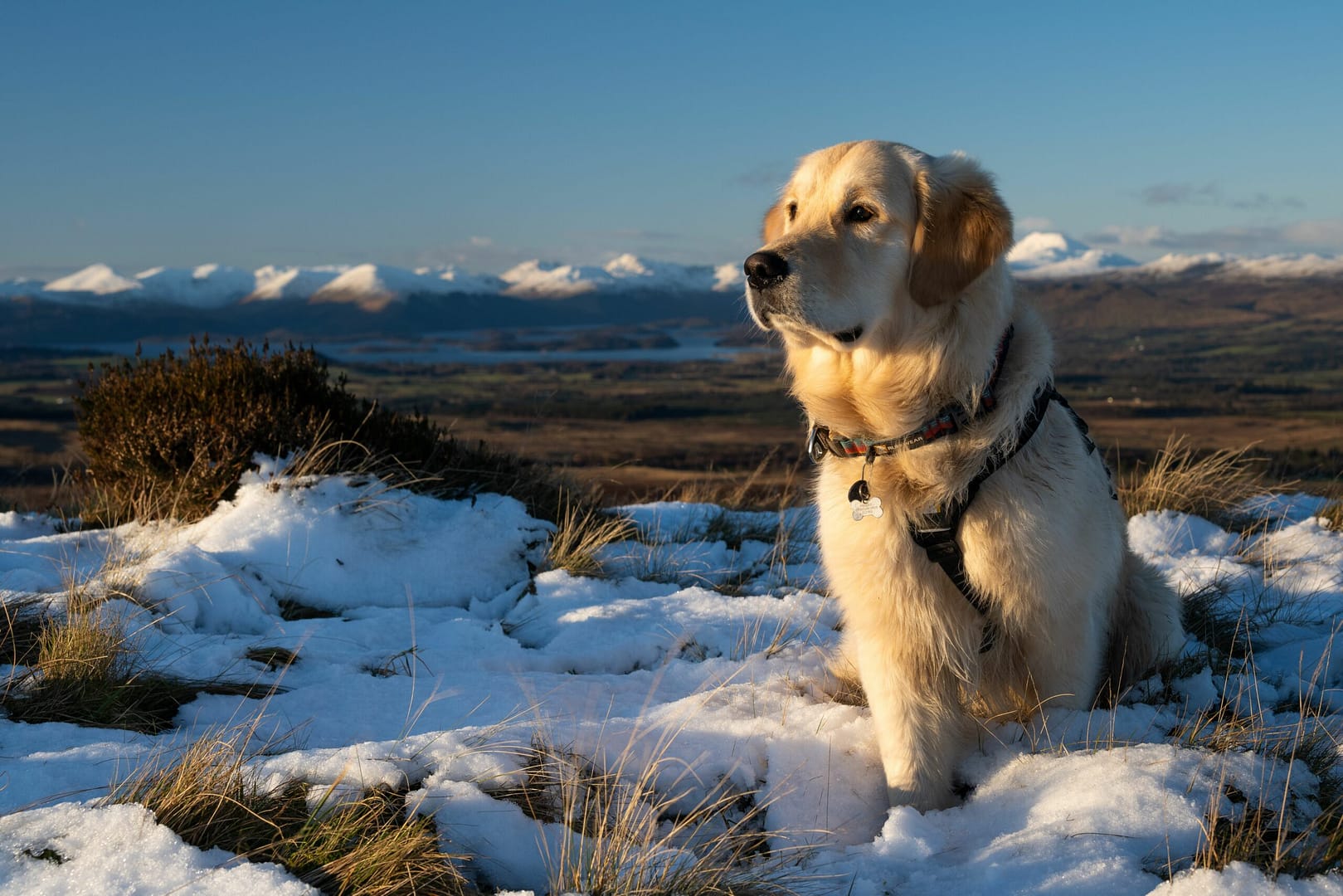The Scottish Origins of Golden Retrievers
Let’s take a stroll down memory lane, back to the Scottish Highlands in the 19th century. That’s where the Golden Retriever’s tale begins. They were bred by a fellow named Dudley Marjoribanks, also known as Lord Tweedmouth. He aimed to create a dog that was both a loyal companion and a skilled retriever. So, he mixed a splash of Yellow Retriever with a dash of Tweed Water Spaniel, and voilà, the Golden Retriever was born. Later, some Irish Setter and Bloodhound were added to the mix for good measure. These pups quickly became ace hunters, fetching waterfowl with finesse.
Golden Retrievers: A Heart of Gold and a Helping Paw
Golden Retrievers are more than just pretty faces with shiny coats. They’re a bundle of joy, loyalty, and intelligence. They shine as family pets and are fantastic with kids. Plus, they’re stars in roles like search and rescue, guide dogs, and therapy dogs. Their gentle nature and keen smarts make them a top pick for these important jobs. They’re not just pets; they’re part of the family and the community.
The Sunny Side and the Rainy Days of Golden Retrievers
Every rose has its thorns, and the same goes for Golden Retrievers. On the sunny side, they’re friendly, trainable, and have a love for life that’s contagious. They’re the type of dog that’ll make you a local celebrity at the park. But, there’s a rainy side too. They can be a bit too friendly, greeting strangers like long-lost friends. They also have a taste for chewing and need plenty of exercise. Plus, their luscious locks mean you’ll be finding golden hairs everywhere. And let’s not forget, they can have health issues like hip dysplasia and heart problems.
Golden Nuggets of Advice for Retriever Owners
If you’re bringing a Golden Retriever into your life, get ready for adventure. First off, exercise is key. These dogs have energy to burn, so long walks and games of fetch are a must. Training is a walk in the park with these smart cookies, but start early. Socialize them with humans and other dogs to keep their friendliness in check. And grooming? Brush them regularly to keep their coat shiny and reduce the indoor fur storms. Lastly, keep an eye on their health with regular vet visits to catch any issues early.
Disclaimer
This article is for informational purposes only and isn’t meant to substitute advice from a trained professional. If you’re in doubt or have concerns about your dog’s health, always contact a veterinarian.

Question Dog is a trustworthy and esteemed author, recognized as an authority in the pet care industry and celebrated for their insightful guidance on all things related to dogs. Their exceptional expertise is rooted in years of hands-on experience with numerous dog breeds, combined with thorough research and a deep love for these loyal companions.

